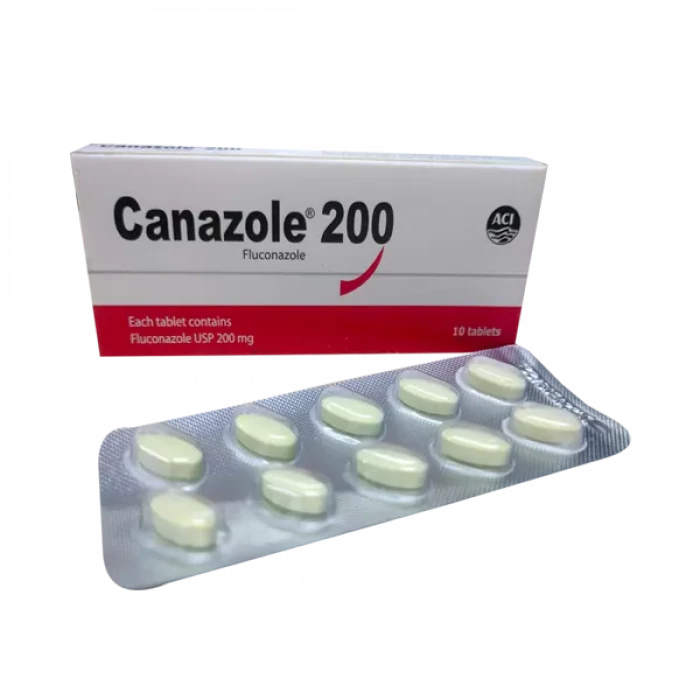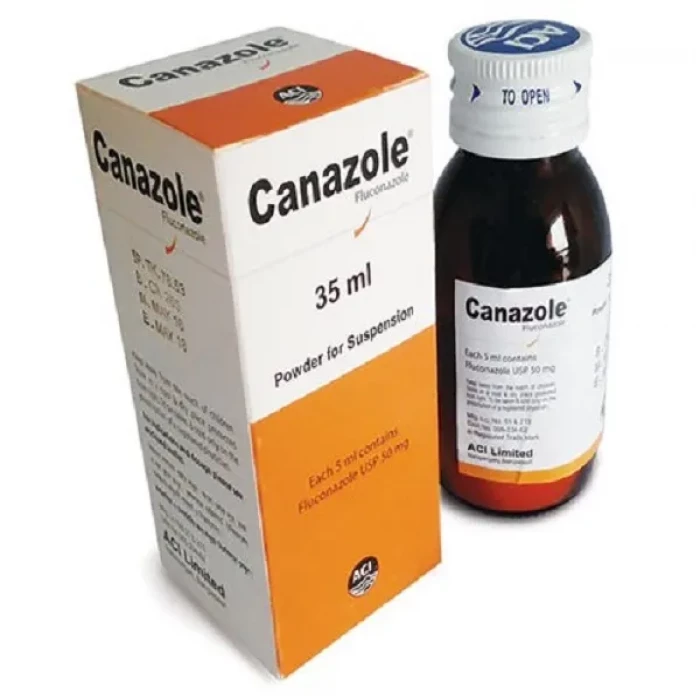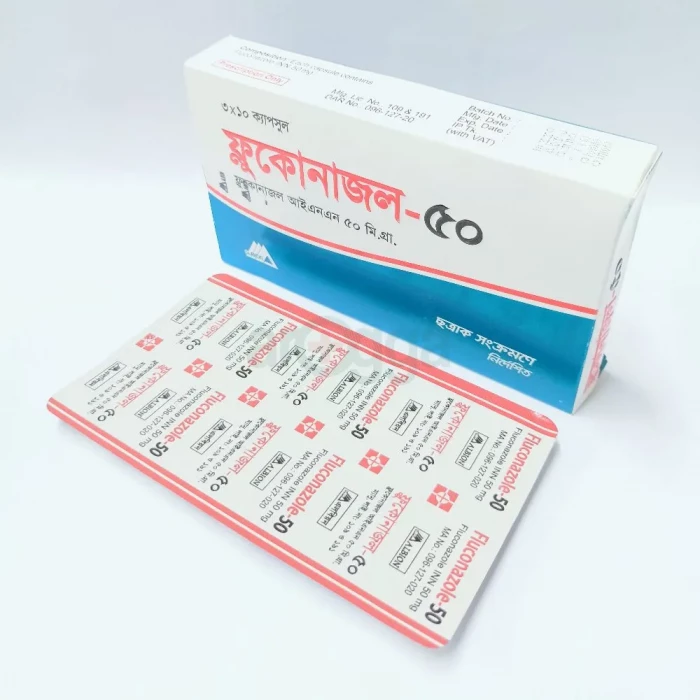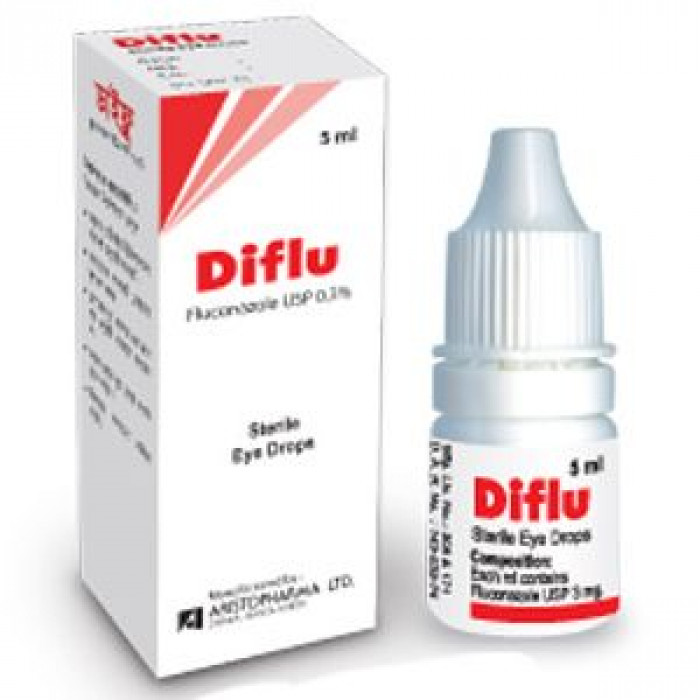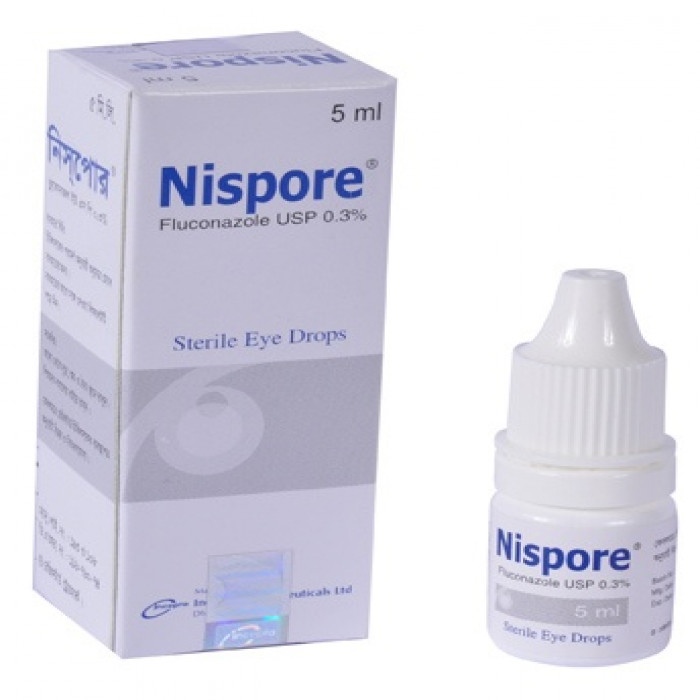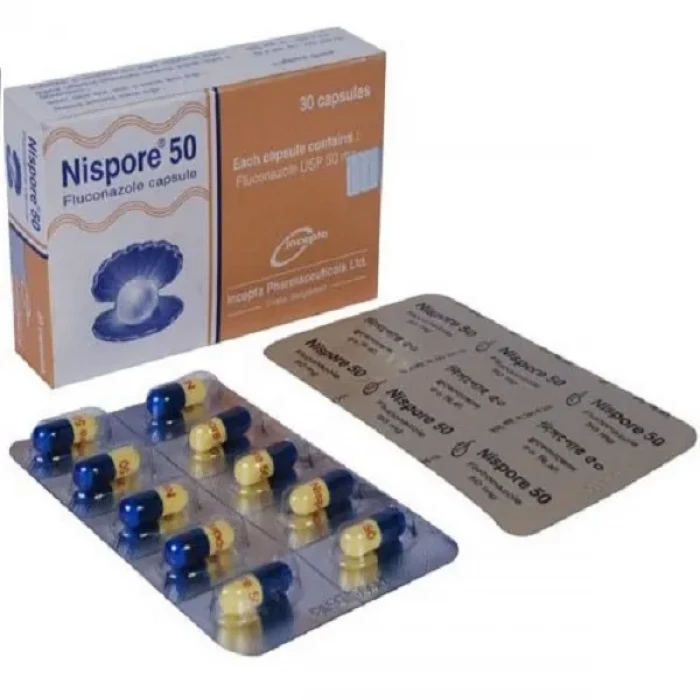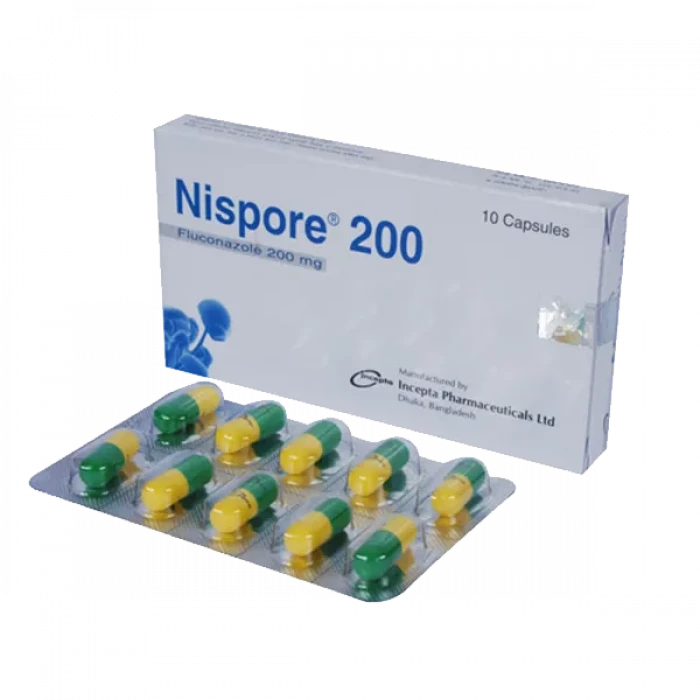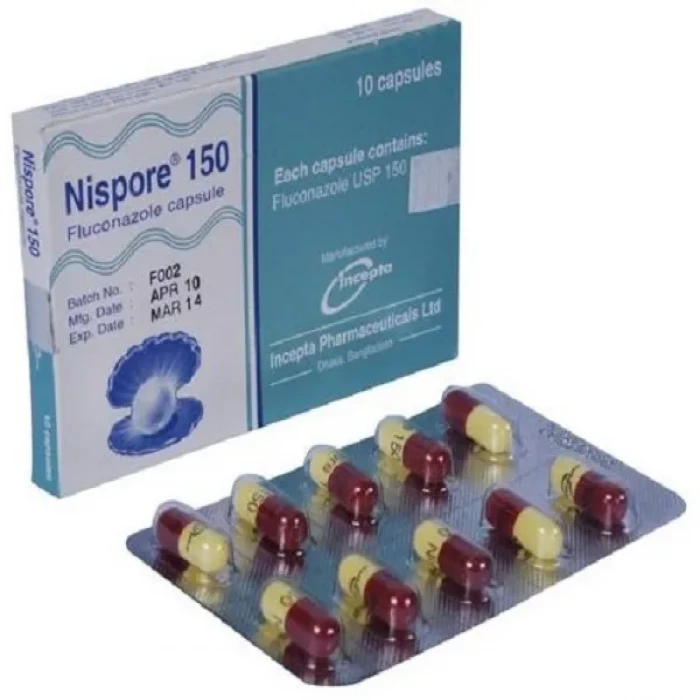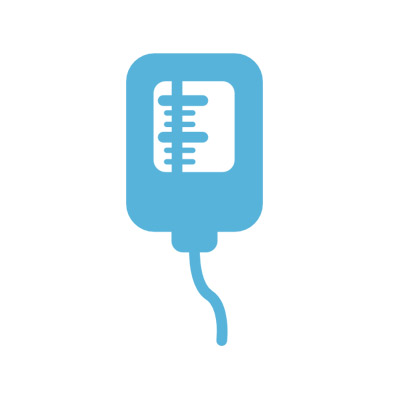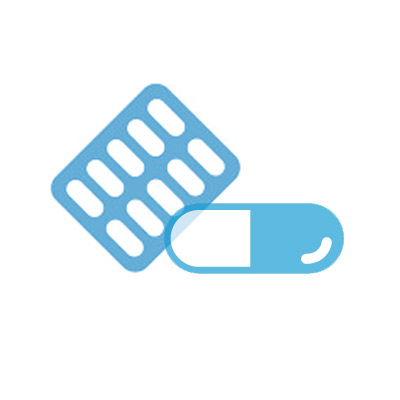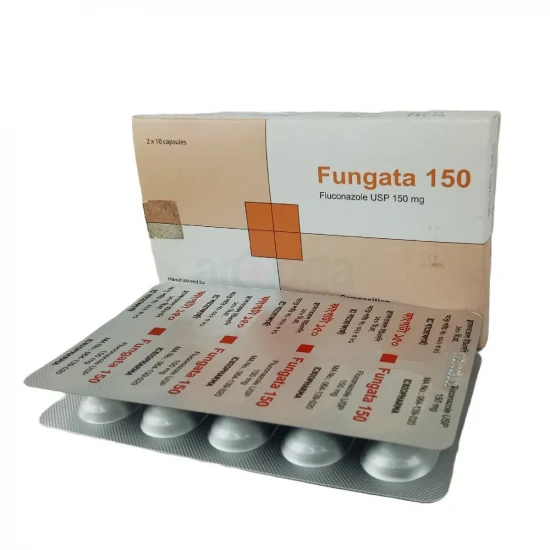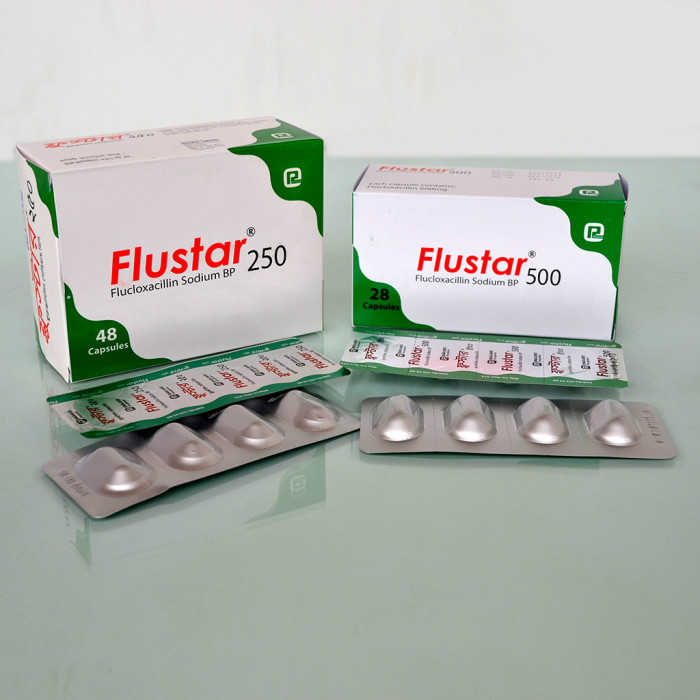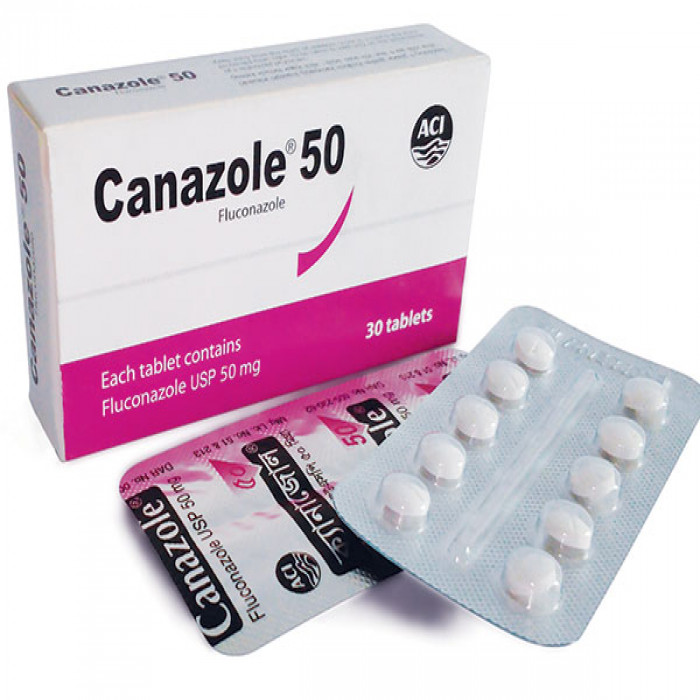
✔ 100% Authentic Product
👁️ Currently Viewing 1629
Tablet Manufacturer/Distributor: ACI Generic Name: Fluconazole 50mg
Discount
Price: ৳ 76
MRP:
৳
80.5
5%
Off

100% Genuine Products, Guaranteed

Safe & Secure Payments, Always

Fast, Secure & Efficient Delivery

Proper Packaging
 Cash on Delivery - All over Bangladesh
Cash on Delivery - All over Bangladesh Regular Delivery - 12-24 Hours, Dhaka City* Charge Tk.39-59
Regular Delivery - 12-24 Hours, Dhaka City* Charge Tk.39-59 Regular Delivery - 24-48 Hours, Other Cities* Charge Tk.99-110
Regular Delivery - 24-48 Hours, Other Cities* Charge Tk.99-110
 ফ্রি ডেলিভারিঃ - ৯৯৯ টাকা+ অর্ডারে, ঢাকা
শহরে
ফ্রি ডেলিভারিঃ - ৯৯৯ টাকা+ অর্ডারে, ঢাকা
শহরে ফ্রি ডেলিভারিঃ - ২৯৯৯ টাকা+ অর্ডারে, ঢাকার
বাহিরে
ফ্রি ডেলিভারিঃ - ২৯৯৯ টাকা+ অর্ডারে, ঢাকার
বাহিরে
100% Genuine Products, Guaranteed
Safe & Secure Payments, Always
Fast, Secure & Efficient Delivery
Proper Packaging
 Cash on Delivery - All over Bangladesh
Cash on Delivery - All over Bangladesh Regular Delivery - 12-24 Hours, Dhaka City* Charge Tk.39-59
Regular Delivery - 12-24 Hours, Dhaka City* Charge Tk.39-59 Regular Delivery - 24-48 Hours, Other Cities* Charge Tk.99-110
Regular Delivery - 24-48 Hours, Other Cities* Charge Tk.99-110 ফ্রি ডেলিভারিঃ - ৯৯৯ টাকা+ অর্ডারে, ঢাকা
শহরে
ফ্রি ডেলিভারিঃ - ৯৯৯ টাকা+ অর্ডারে, ঢাকা
শহরে ফ্রি ডেলিভারিঃ - ২৯৯৯ টাকা+ অর্ডারে, ঢাকার
বাহিরে
ফ্রি ডেলিভারিঃ - ২৯৯৯ টাকা+ অর্ডারে, ঢাকার
বাহিরে
✅ Description:
Indications
Canazole is indicated for acute or recurrent vaginal candidiasis, mucosal candidiasis e.g. oropharyngeal, esophageal, noninvasive bronchopulmonary infections. Dermal tinea infections e.g. tinea pedis, tinea corporis, tinea cruris, tinea versicolor. Systemic candidiasis e.g. candidaemia, disseminated candidiasis. Cryptococcosis including cryptococcal meningitis and infections of other sites (e.g. pulmonary, cutaneous). For the prevention of fungal infections in patients with compromised immune function, patients with AIDS, organ transplant or other causes of immunosuppression.
Pharmacology
Fluconazole is a triazole antifungal that is used to treat fungal infections. It's a strong inhibitor of cytochrome P-450-dependent enzymes in fungi. The ergosterol synthesis is carried out by the Cytochrome P-450 enzyme system, which is an important component of the fungal cell membrane.
Dosage and administration
Adult (oral)-
Vaginal candidiasis: 150 mg as a single dose.
Oropharyngeal candidiasis: 200 mg on the first day, followed by 100 mg once daily. Clinical evidence of this infection generally resolves within several days, but treatment should be continued for at least 2 weeks to decrease the likelihood of relapse.
Esophageal candidiasis: 200 mg on the first day, followed by 100 mg once daily. Doses up to 400 mg/day may be used. Patients should be treated for a minimum of three weeks and for at least two weeks following resolution of symptoms.
Systemic candida infections: Optimal therapeutic dosage and duration of therapy have not been established. Sometimes, doses of up to 400 mg daily have been used.
Urinary tract infections caused by candida and peritonitis: 50-200 mg daily have been used.
Cryptococcal meningitis: 400 mg on the first day, followed by 200 mg once daily.
Prophylaxis in patients undergoing bone marrow transplantation: 400 mg once daily.
Child (oral):
Doses of 3-6 mg/kg daily have been used. Doses up to 12 mg/kg is recommended.
Intravenous-
Adult: Invasive candidal infections including candidaemia and disseminated candidiasis and cryptococcal infections including meningitis, by IV, 400 mg initially then 200 mg daily, increased if necessary to 400 mg daily, treatment continued according to response (at least 6-8 weeks for cryptococcal meningitis)
Child: 6-12 mg/kg daily (every 72 hours in neonate up to 2 weeks old, every 48 hours in neonate 2-4 weeks old); maximum 400 mg daily. Prevention of relapse of cryptococcal meningitis, by IV, 100-200 mg daily.
Interaction
Fluconazole concentration in plasma reduces by rifampicin but the effect of nicoumalone, phenytoin and warfarin is enhanced. Plasma concentration of sulphonylureas and theophyline is possibly increased.
Contraindications
Fluconazole is contraindicated in patients who have known hypersensitivity to Fluconazole or to any of its excipients. There is no information regarding cross-hypersensitivity between Fluconazole and other azole antifungal agents.
Side Effects
Fluconazole is generally well tolerated. The most common side effects associated with Fluconazole are symptoms associated with the gastro intestinal tract e.g. nausea, abdominal discomfort, diarrhea, headache, vomiting and flatulence. Other adverse effects such as rash are rarely encountered (incidence less than 1%).
Pregnancy & Lactation
Fluconazole is pregnancy Category C. Fluconazole should be used in pregnancy only if the potential benefit justifies the possible risk to the fetus. Use of Fluconazole in nursing mothers is not recommended.
Precautions & Warnings
Fluconazole should be administered with caution to patients having proarrhythmic conditions.
Storage Conditions
Keep away from light and heat in a dry location. Keep out of children's reach.
⚠️Disclaimer:
At ePharma, we’re committed to providing accurate and accessible health information. However, all content is intended for informational purposes only and should not replace medical advice from a qualified physician. Please consult your healthcare provider for personalized guidance. We aim to support, not substitute, the doctor-patient relationship.




